17 Surprising Fat-Blasting Tricks for Women Over 50
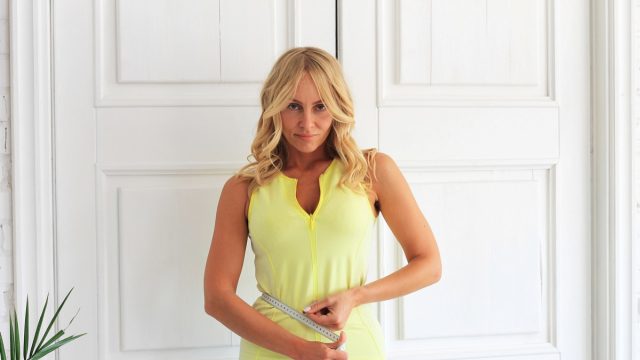
Getting into shape after 50 comes with some very specific challenges—what might have worked ten years ago may not be as effective, thanks to several factors related to the aging process. This is especially true for women who have to deal with menopause on top of everything else. So how can it be done? Dr. Anthony Balduzzi, founder of The Fit Mother Project and The Fit Father Project, has some answers that may prove to be useful. "Trust me when I say if you're a woman in your forties, fifties, and sixties, you can lose all the weight you want," he says. "It's a hundred percent possible. We just need the right kinds of strategies." Here's his advice for blasting fat and losing weight over 50.
Metabolism and Age
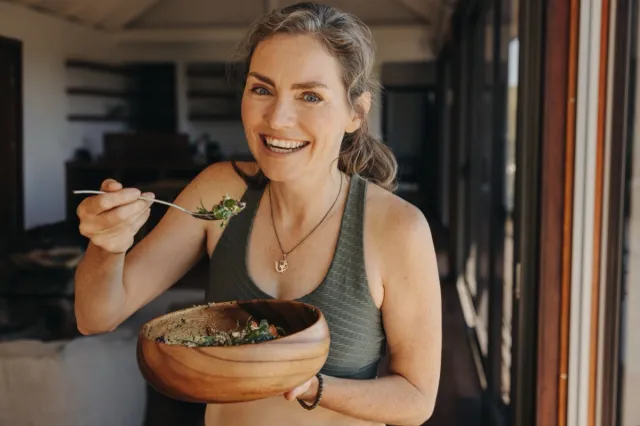
Are you still eating the same amount of calories you did when you were younger? "It gets harder to lose weight as we age," Balduzzi says. "And a main reason for this is that our metabolisms tend to slow down as we get older. In fact, when we're in our forties, fifties, and sixties, we typically burn around 200 to 350 less calories per day than when we did when we were in our twenties."
It All Adds Up
Those 200 to 350 calories less will add up and may undermine your weight loss. "Over the course of a week, those 300 calories times seven is almost around two thirds of a pound," Balduzzi says. "So if we eat the same way we used to and we use the same approaches we used to when we were younger, we're going to find that we're frustrated."
Estrogen and Metabolism
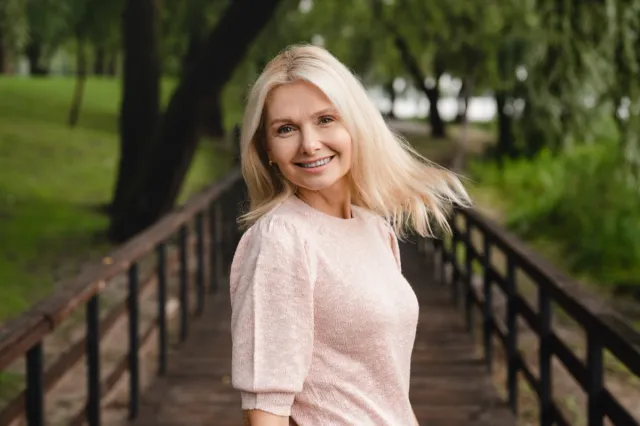
Estrogen levels start to dip in your forties, Balduzzi says. "And estrogen really does play a large role in affecting a bunch of other hormones when it comes to metabolism. In fact, when estrogen levels go down, our insulin sensitivity goes down, which is insulin's key hormone that helps us process sugars and carbs, so we become a little more resistant to carbohydrate intakes. This is another thing that can make weight loss a little more challenging."
Introspection and Reflection
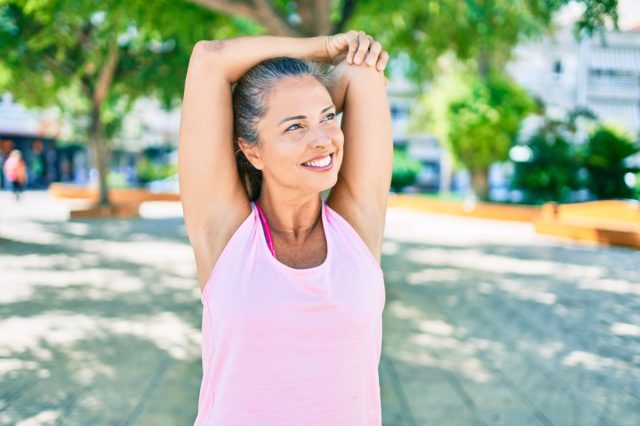
It's important to figure out why exactly you want to lose weight. "A lot of this weight loss stuff comes down to psychology," Balduzzi says. "So the first thing we do with all the women on our Fit Mother program is we get them to write a 30 day weight loss mission statement that outlines the reasons why they want to lose the weight on a deep level. And so that requires a little bit of introspection and reflection."
Consistency and Discipline
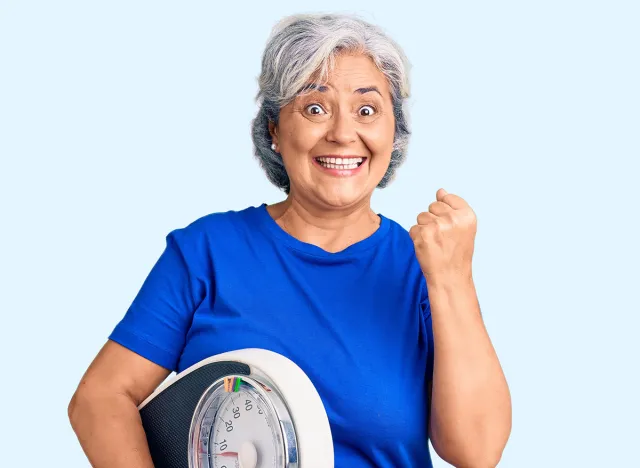
Knowing the "why" of weight loss will help keep the weight off. "Let's face it: in two or three weeks, when you're on a healthy eating plan, things are going to get tough," Balduzzi says. "But if we have a deep emotional bedrock to come back to, and we know why we're going to be losing the weight and why this is so important, that's going to give us strength to persist because this is a consistent woman's game. We don't just want to lose 10 pounds and regain it all back."
Mission Statement
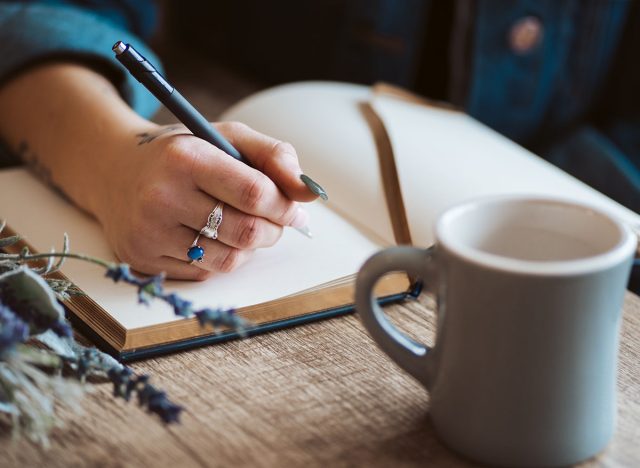
Balduzzi recommends writing a mission statement detailing exactly why you want to lose the weight, and then keeping it in sight every day. "Print it out, stick it on your fridge, put it in your car, put it on your bathroom mirror, reference it daily," he says.
Sleep Health

Balduzzi says that focusing on diet and exercising and ignoring sleep are big mistakes. This means 7 hours of quality sleep a night. "Sleep is like the master clock that controls all of our main weight loss hormones, controls cortisol, controls insulin, controls thyroid hormone. When we're not getting enough sleep, we're basically shooting ourselves in the foot when it comes to our weight loss efforts, and what the research shows is women who do not sleep enough and then go on diets end up losing muscle and not fat, and it makes it more likely that they gain weight after they stop the diet."
Sleep Tips
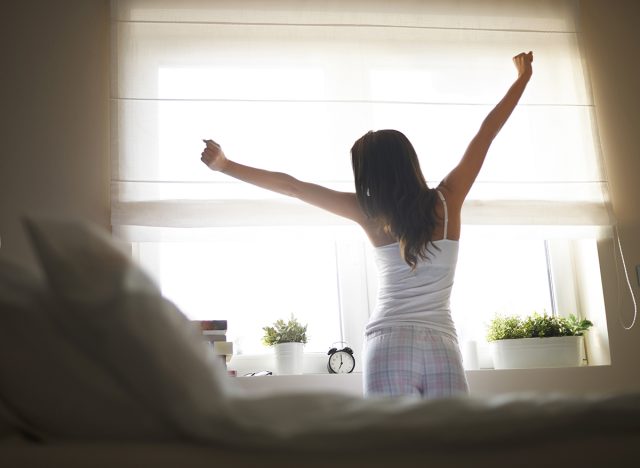
Balduzzi has some good advice for sleep improvement. "There's some really simple things you can do like wearing a face mask, putting earplugs in, decreasing the temperature of your room and drinking some herbal teas at night," he says.
Exercise and Weight Loss
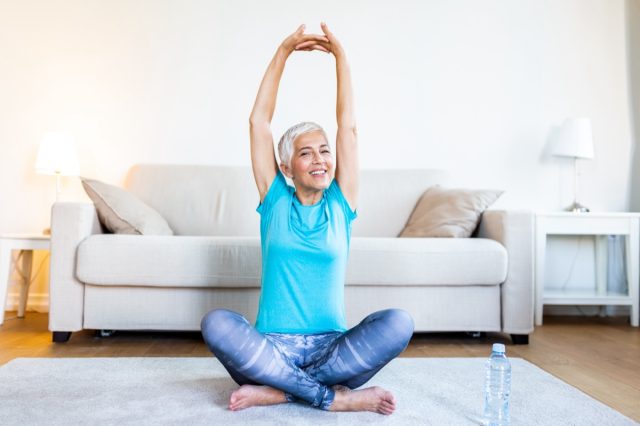
You cannot out-exercise a bad diet, Balduzzi emphasizes. "A lot of women think that to lose weight, you need to go get on the treadmill or get on the elliptical machine, go to that yoga class, start lifting weights, and that is just not true," he says. 'Let me repeat this. You do not actually need to exercise to lose weight."
Calorie Deficit
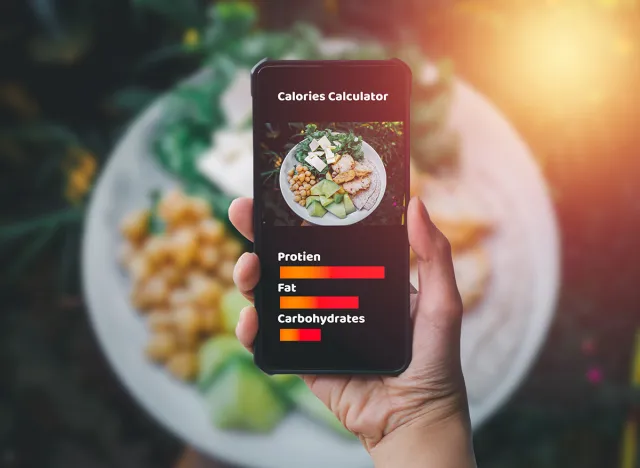
Balduzzi makes the point that the foundation of weight loss is a calorie deficit. "We want you to exercise, but just understand that a healthy eating plan is the foundation because when we're losing weight, we want to create a calorie deficit. And it's so much easier to not eat 500 calories than to spend an hour on a treadmill burning 500 calories… So it's like a medium fry at McDonald's, 450/500 calories. Let's skip that and not have to spend an hour on the treadmill."
Eat on Schedule
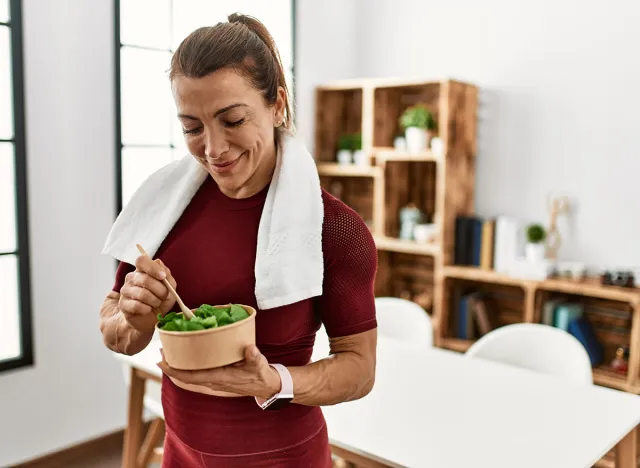
"I want you to start getting proactive where every day you eat at eight, noon, three, and seven," Balduzzi says. "And that's just an example of one of the different meal timing setups that we have inside our Fit Mother program. That's the on-the-go setup."
Intermittent Fasting
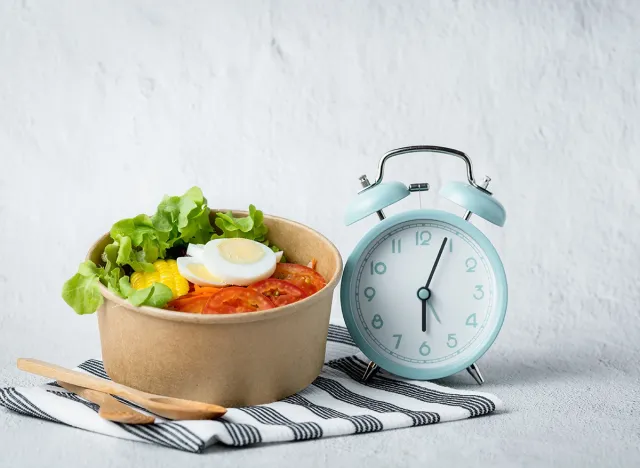
Find a meal schedule that works for you. "You could do something like our at-home meal plan, which is a more intermittent fasting kind of framework where you might shift back that first meal, skip breakfast, and have your first meal at 11, have a snack at three, have a dinner at seven, all of these different meal timing setups work," Balduzzi says.
Perfect Plate
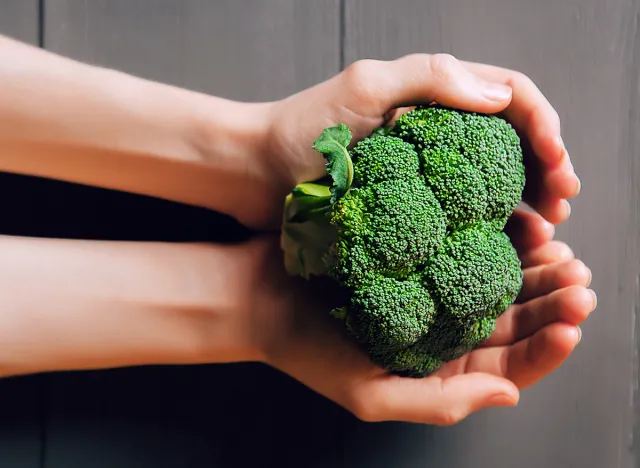
Balduzzi recommends what he calls the perfect plate. "You fill half of your plate up with any kind of green veggie you love, he says. "So that could be steamed broccoli, salad mix, asparagus, Brussels sprouts. You fill a quarter of your plate with some kind of lean protein you like, and this could be animal proteins like an organic chicken breast or grass-fed beef, or this could be something like organic tofu. It could be like a higher protein, lentils and beans and legumes and something like that. And then the other quarter of your plate is going to be some kind of carb you love."
Enjoy Your Carbs
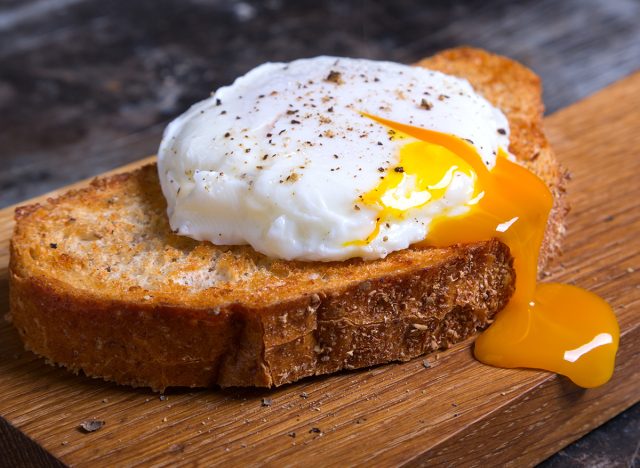
Balduzzi says you can still have carbs and lose weight. "You might have a side of greens with one or two slices of a high quality, either gluten-free or regular toast like Ezekiel bread, a couple of eggs, and a slice of turkey," he says. "That could be a great breakfast for lunch. It might look like a big salad with some protein on top of it for dinner. It might look like a cup of rice with some chicken breast or some salmon with some greens on the side."
5000 Steps Minimum
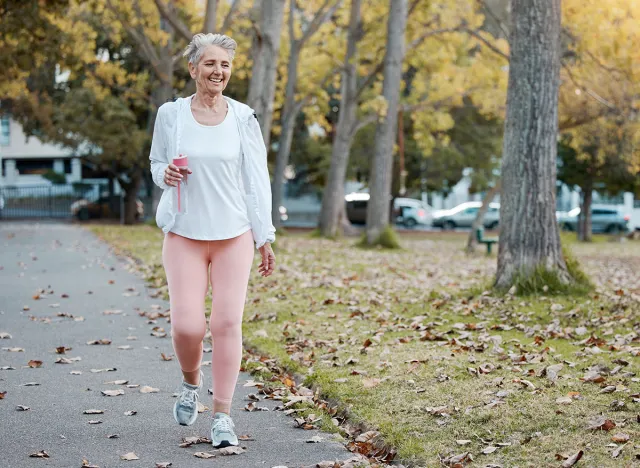
Balduzzi recommends 5,000 steps a day and 30 minutes of activity, daily. "Daily activity helps our brains actually control our hunger and appetite hormones and actually make sure that our circulation is working properly," he says. "It's not about the calories burned, it's about the fact that our bodies and our metabolisms work better when we reach this minimum activity threshold." Take a walk after meals.
RELATED: I Walked 10,000 Steps Every Day for a Month Without Dieting — Here's What Really Happened
Movement Throughout the Day

Don't sit for long periods of time. "If you're at a desk, let's get up, take some steps every hour, park farther away when you're at the store so you can get more steps in," Balduzzi recommends. "Accumulating steps throughout the day is key for weight loss with a healthy diet."
Metabolic Resistance Training

Balduzzi's most important weight loss tip is Metabolic Resistance Training. "Women in their forties, fifties, and sixties need to lift weights," he says. "It is perhaps the single most effective kind of exercise, and it's really a shame that so many more women don't know about this and are led to believe that you need to do aerobics or lots of cardio to get the body you want." And if you enjoyed this article, take advantage of these 20 Superfoods for People Over 50.




